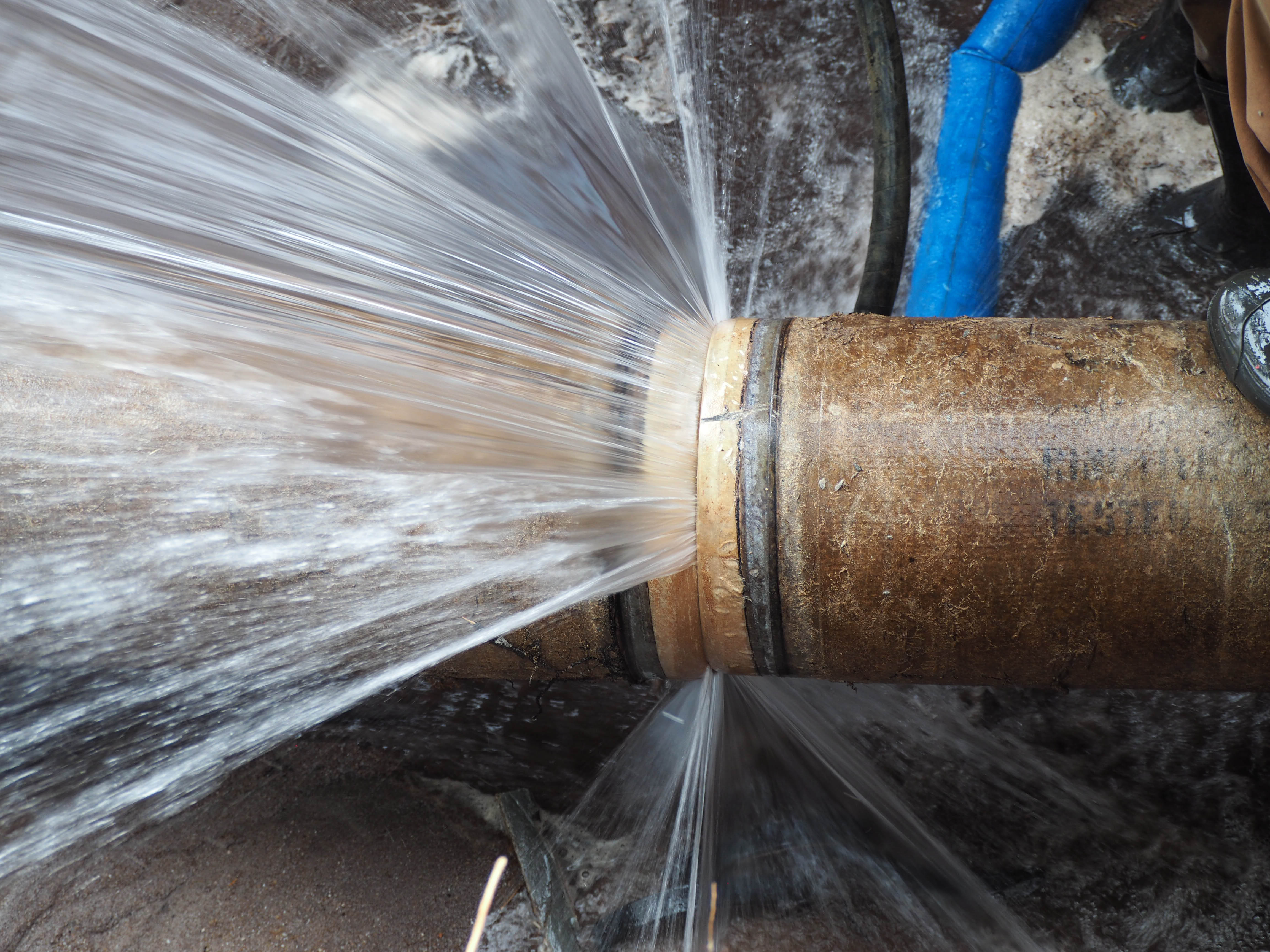Avoiding Frozen Plumbing in Winter: Critical Strategies
Avoiding Frozen Plumbing in Winter: Critical Strategies
Blog Article
This great article in the next paragraphs involving How to prepare your home plumbing for winter weather is unquestionably fascinating. You should look it over.

Cold weather can ruin your plumbing, specifically by freezing pipes. Right here's exactly how to stop it from taking place and what to do if it does.
Introduction
As temperature levels drop, the risk of icy pipelines rises, potentially causing costly fixings and water damages. Comprehending how to prevent icy pipelines is vital for homeowners in cool climates.
Understanding Frozen Pipes
What creates pipelines to freeze?
Pipes ice up when exposed to temperature levels below 32 ° F (0 ° C) for extended durations. As water inside the pipelines ices up, it expands, taxing the pipeline walls and possibly creating them to break.
Risks and problems
Frozen pipes can cause water supply disruptions, building damages, and costly repair work. Ruptured pipes can flooding homes and trigger comprehensive structural damage.
Indicators of Frozen Pipes
Recognizing frozen pipes early can stop them from breaking.
Just how to identify icy pipes
Seek lowered water circulation from taps, uncommon smells or sounds from pipes, and noticeable frost on exposed pipelines.
Avoidance Tips
Protecting prone pipes
Wrap pipes in insulation sleeves or make use of warm tape to safeguard them from freezing temperatures. Concentrate on pipes in unheated or external areas of the home.
Home heating methods
Keep indoor areas effectively warmed, specifically locations with pipes. Open up cabinet doors to permit cozy air to flow around pipelines under sinks.
Shielding Outside Plumbing
Garden hose pipes and outdoor faucets
Separate and drain pipes garden hose pipes prior to winter. Set up frost-proof spigots or cover exterior taps with shielded caps.
What to Do If Your Pipes Freeze
Immediate actions to take
If you suspect frozen pipelines, maintain faucets open to soothe pressure as the ice thaws. Make use of a hairdryer or towels soaked in hot water to thaw pipes gradually.
Long-Term Solutions
Architectural adjustments
Consider rerouting pipelines away from exterior wall surfaces or unheated locations. Include added insulation to attics, basements, and crawl spaces.
Updating insulation
Buy top notch insulation for pipelines, attics, and walls. Correct insulation helps maintain regular temperatures and decreases the threat of icy pipelines.
Final thought
Avoiding frozen pipelines calls for proactive measures and quick reactions. By comprehending the causes, indicators, and safety nets, property owners can protect their pipes during cold weather.
5 Ways to Prevent Frozen Pipes
Drain Outdoor Faucets and Disconnect Hoses
First, close the shut-off valve that controls the flow of water in the pipe to your outdoor faucet. Then, head outside to disconnect and drain your hose and open the outdoor faucet to allow the water to completely drain out of the line. Turn off the faucet when done. Finally, head back to the shut-off valve and drain the remaining water inside the pipe into a bucket or container. Additionally, if you have a home irrigation system, you should consider hiring an expert to clear the system of water each year.
Insulate Pipes
One of the best and most cost-effective methods for preventing frozen water pipes is to wrap your pipes with insulation. This is especially important for areas in your home that aren’t exposed to heat, such as an attic. We suggest using foam sleeves, which can typically be found at your local hardware store.
Keep Heat Running at 65
Your pipes are located inside your walls, and the temperature there is much colder than the rest of the house. To prevent your pipes from freezing, The Insurance Information Institute suggests that you keep your home heated to at least 65 degrees, even when traveling. You may want to invest in smart devices that can keep an eye on the temperature in your home while you’re away.
Leave Water Dripping
Moving water — even a small trickle — can prevent ice from forming inside your pipes. When freezing temps are imminent, start a drip of water from all faucets that serve exposed pipes. Leaving a few faucets running will also help relieve pressure inside the pipes and help prevent a rupture if the water inside freezes.
Open Cupboard Doors
Warm your kitchen and bathroom pipes by opening cupboards and vanities. You should also leave your interior doors ajar to help warm air circulate evenly throughout your home.

Hopefully you enjoyed reading our topic about 6 Ways to Prevent Frozen Pipes. Thanks for taking the time to read our piece. Remember to pause to distribute this page if you enjoyed reading it. Thanks for your time. Come back soon.
Call Today Report this page